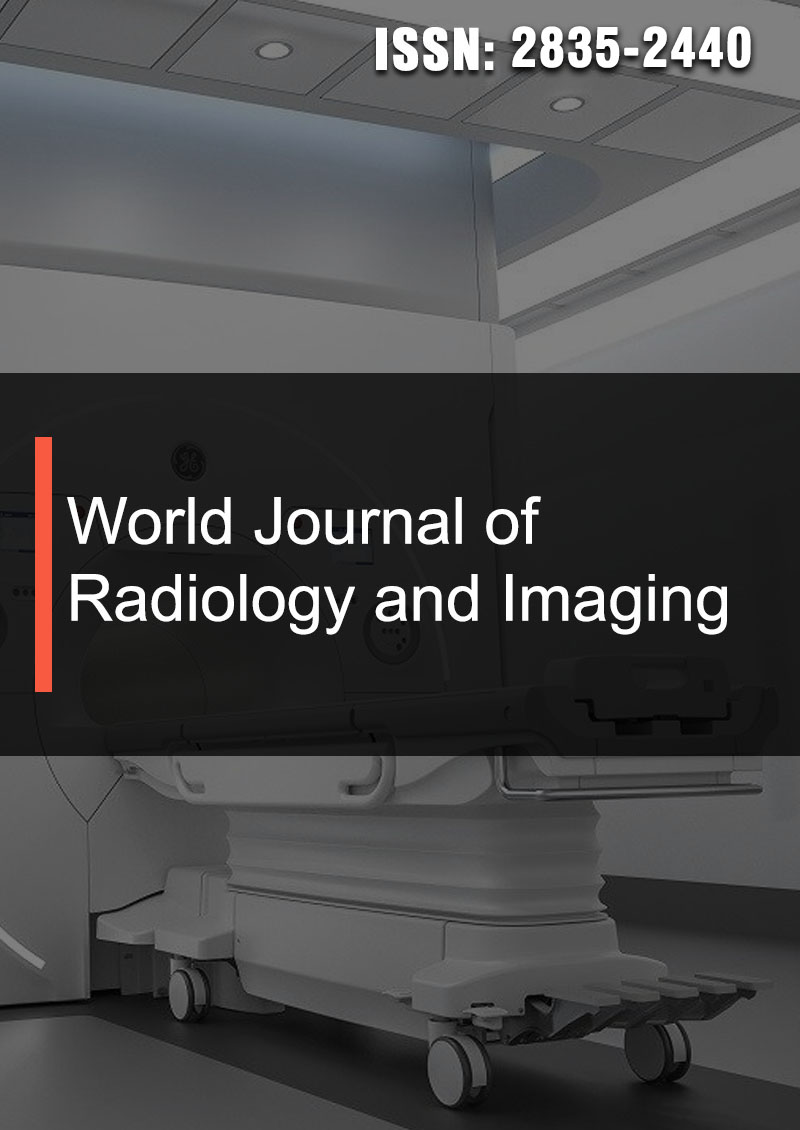Sonographic Evaluation of Renal Transplantation in Adult Sudanese Patients: A Cross-Sectional Study
Abstract
Bashir Abbas Hussain Salih, Ahmed Mohammed Barakat and Ghanem Mohammed Mahjaf
Renal transplantation is the treatment of choice for managing patients with end-stage kidney disease. Being submitted to a severe surgical procedure, renal transplant recipients can only benefit from follow-up imaging and monitoring strategies. This descriptive cross-sectional study aimed to evaluate the transplanted kidney using ultrasonography, a non-invasive and cost-effective imaging modality that plays a significant role in post-transplant evaluation. The problem of the study was that transplanted Renal is under many risks and complications which may increase morbidity and mortality. Close monitoring and evaluation are needed, and sonography, which can detect changes in kidney size, shape, and structure, is crucial in this process. This study included 60 adult patients of transplanted Renal males and females with different durations of transplantation, between (18 – 60) years, who came to Ahmed Gasim Hospital from September 2022 to January 2023. Statistical Package for Social Science (SPSS) collected and analyzed the data. This study showed that kidney transplantation is more in males (70%) than females (30%), the highest frequency of transplantation duration is 1-5 years (50%), the percentage of increased transplanted Renal volume is (15%), no decreased volume detected and no renal artery complication detected, perinephric fluid collection is (10%), reduced corticomedullary differentiation is (3%), and renal calculi is (1.67%) The study showed relation between duration of transplantation and increase kidney volume. The study recommended that routine ultrasound follow-up be considered. Further studies should be conducted to investigate the factors contributing to increased kidney volume and develop more effective monitoring strategies.




